A frequent question from Haven visitors at this time of year is what we do to prepare the garden for winter. Most of our winter pruning is done in January and February, so we do little at this time of year. Leaving spent flowers and dried stems ensures plenty of seeds for the birds and overwintering habitat for beneficial insects. Garden volunteers often see scores of ladybird beetles emerge from the base of plants when they are pruning in the January.
Most plants get cut back to the ground; an exception is Sedum 'Autumn Joy'. This plant has hollow stems, and by leaving six to eight inches of stem we create cavity-nesting bee habitat. 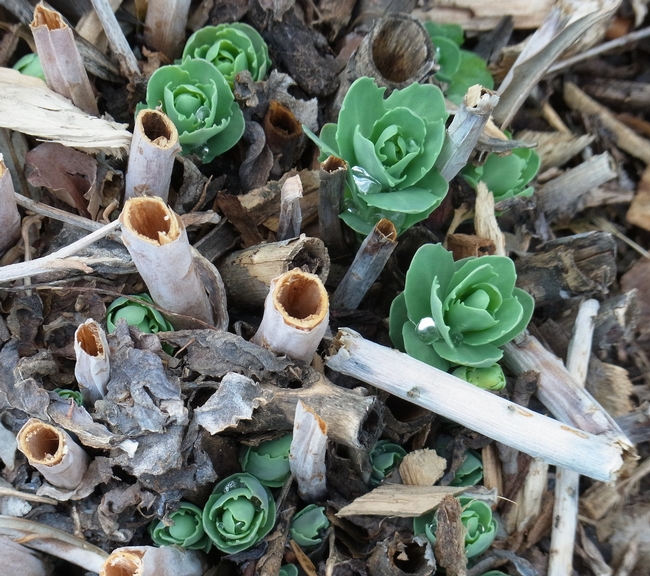
The other winter task at this time of year is consolidating the bee hive. We reduce the hive from three boxes to two, and place frames with the most brood (immature bees) at the center of the lower box so they are protected from the colder outer areas. 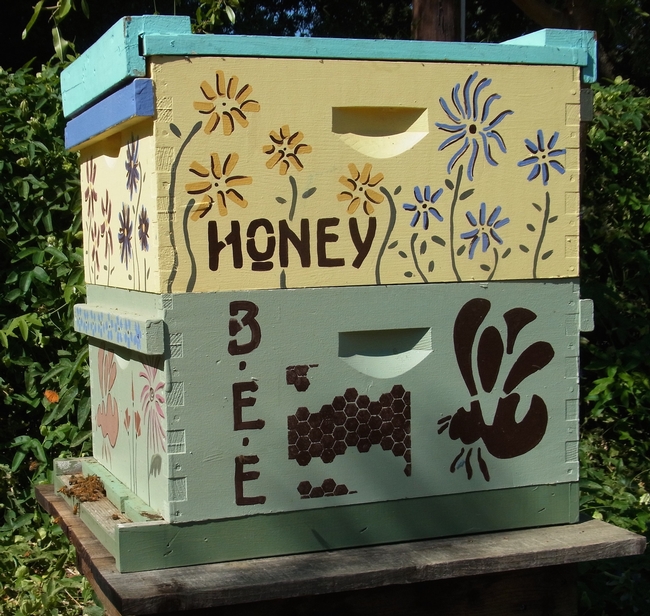
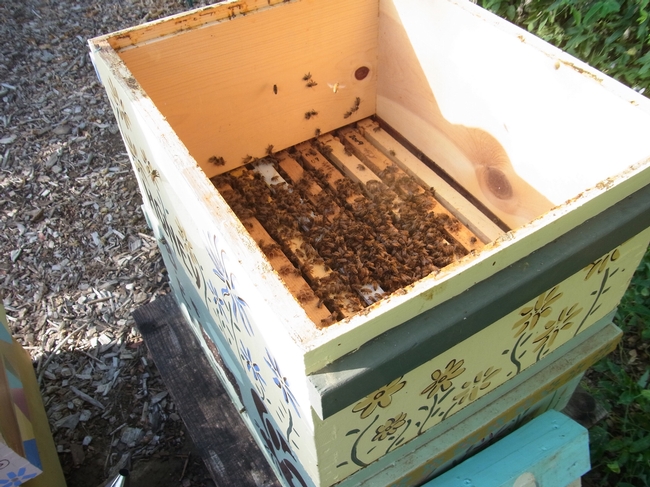
The hive has nine frames with brood, all of which were well-populated with bees.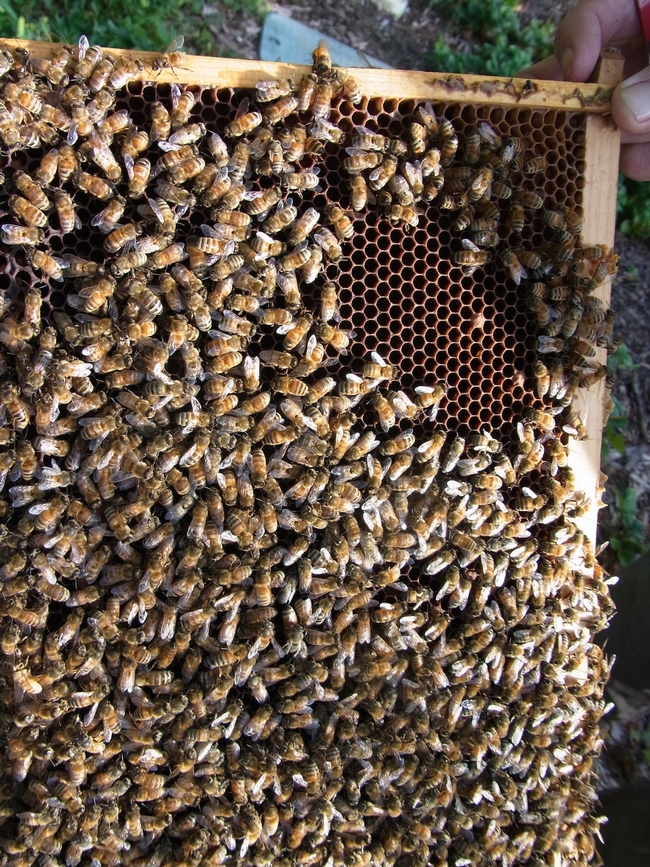
An extra frame of honey fills the tenth slot in the lower box. The top box contains ten frames of honey for the girls to feast on over the winter.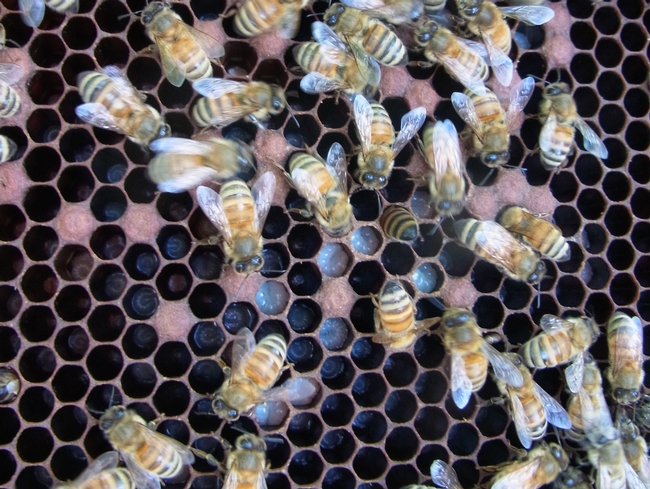
The hive will be left unopened for the winter, although I'll continue to monitor activity at the entrance over the next few months.